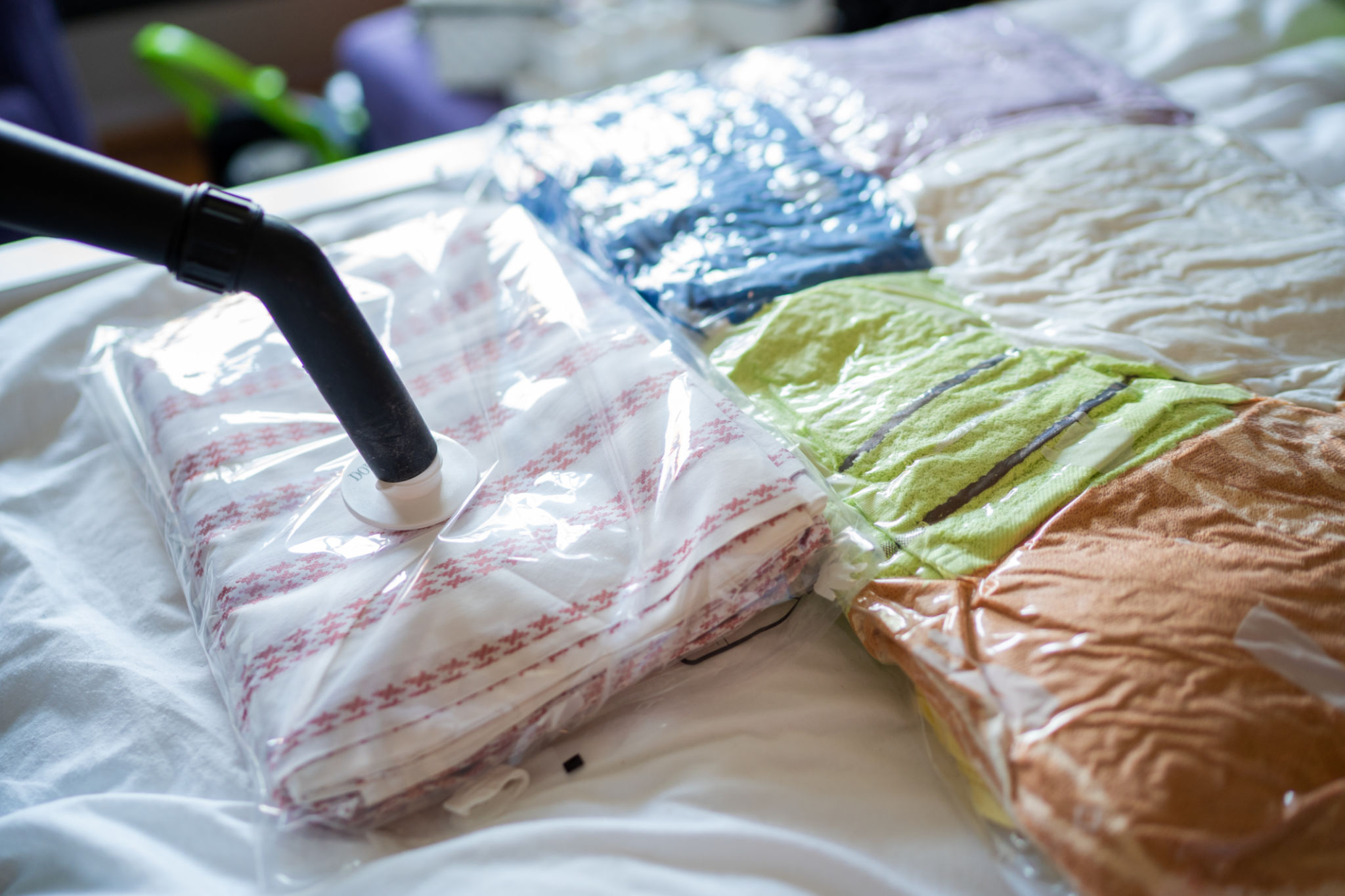Top Tips for Preparing Your Clothes for Winter Storage
Understanding the Importance of Proper Winter Storage
As the seasons change and temperatures drop, it's time to think about storing your summer wardrobe. Properly preparing your clothes for winter storage is essential to maintaining their quality and ensuring they are ready to wear when the warm weather returns. Proper storage not only helps preserve fabrics but also prevents damage from pests and environmental factors.
Storing your clothes correctly can save you time and money in the long run. By taking a few extra steps before tucking them away, you can avoid common issues like mold, mildew, and fading. This guide will walk you through the best practices for preparing your clothing for winter storage.

Cleaning and Repairing Your Clothes
The first step in preparing your clothes for winter storage is to ensure they are clean. Stains and dirt left on clothing can attract insects and become more challenging to remove over time. Wash or dry clean all items according to their care labels before storing them away.
Additionally, inspect your clothes for any needed repairs. Check for missing buttons, loose threads, or small tears, and fix these issues before storing. Taking care of these minor repairs now will save you from unpleasant surprises when you retrieve your clothes next season.

Choosing the Right Storage Solutions
When it comes to storing your clothes, the storage method and location matter significantly. Opt for breathable garment bags or cotton storage bins instead of plastic containers, which can trap moisture and cause mildew. Vacuum-sealed bags are a good option for bulky items like coats and sweaters, as they save space while protecting from dust and pests.
Consider the storage location carefully. A cool, dry place away from direct sunlight is ideal for preventing fabric deterioration. Attics and basements might seem convenient but often fluctuate in temperature and humidity, which can harm your clothes.

Protecting Against Pests
One of the biggest threats to stored clothing is pests, such as moths and silverfish. To protect your garments, use natural deterrents like cedar chips or lavender sachets in your storage containers. These not only help ward off insects but also leave a pleasant scent on your clothes.
If you prefer a more traditional approach, consider using mothballs or pesticide strips, but be cautious as they can be toxic and leave a chemical smell on your clothes. Always follow the instructions on any pest control product you use.
Organizing for Easy Access
Before packing away your clothes, take the time to organize them for easy access next season. Group similar items together, such as t-shirts, shorts, and dresses, and label each container clearly. This organization will help you quickly find what you need when it's time to swap wardrobes again.
Consider creating an inventory list of stored items. This extra step can be helpful if you're looking for something specific during the winter months or planning next year's wardrobe.

Final Checks Before Storing
Once everything is packed and ready to go, perform a final check of your storage area. Ensure that all containers are securely closed, and there are no signs of pests or moisture. Place heavier containers at the bottom if stacking is necessary, to prevent crushing more delicate items.
By following these top tips for preparing your clothes for winter storage, you can keep your garments in excellent condition and enjoy a seamless transition between seasons. With a little effort now, your summer wardrobe will be fresh and ready when the sun returns.